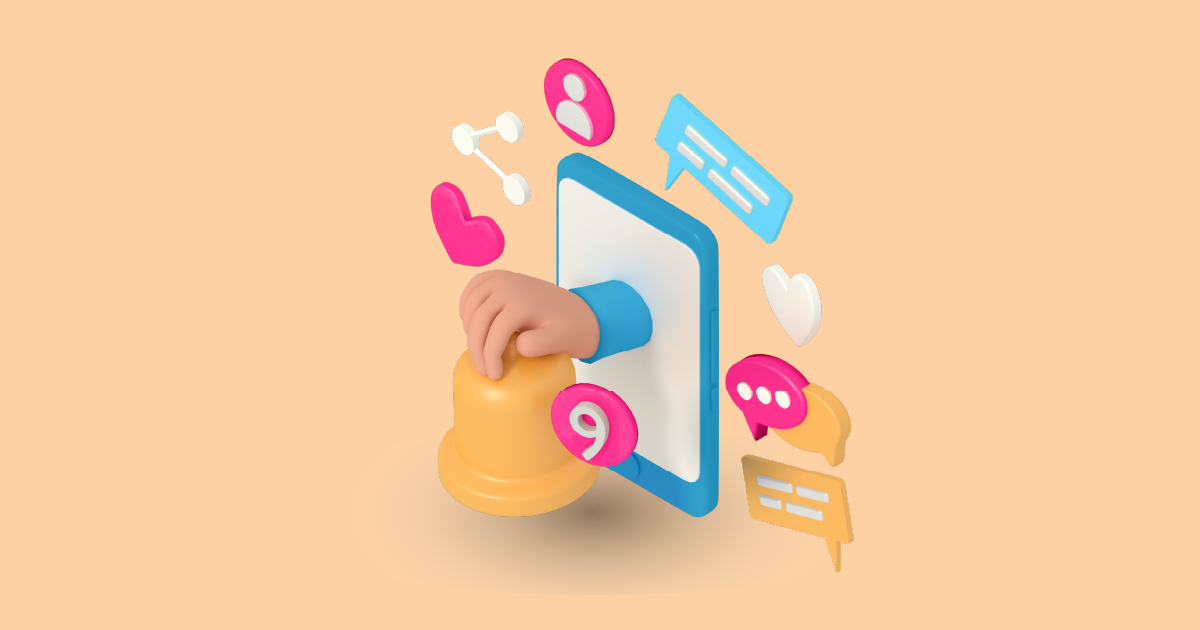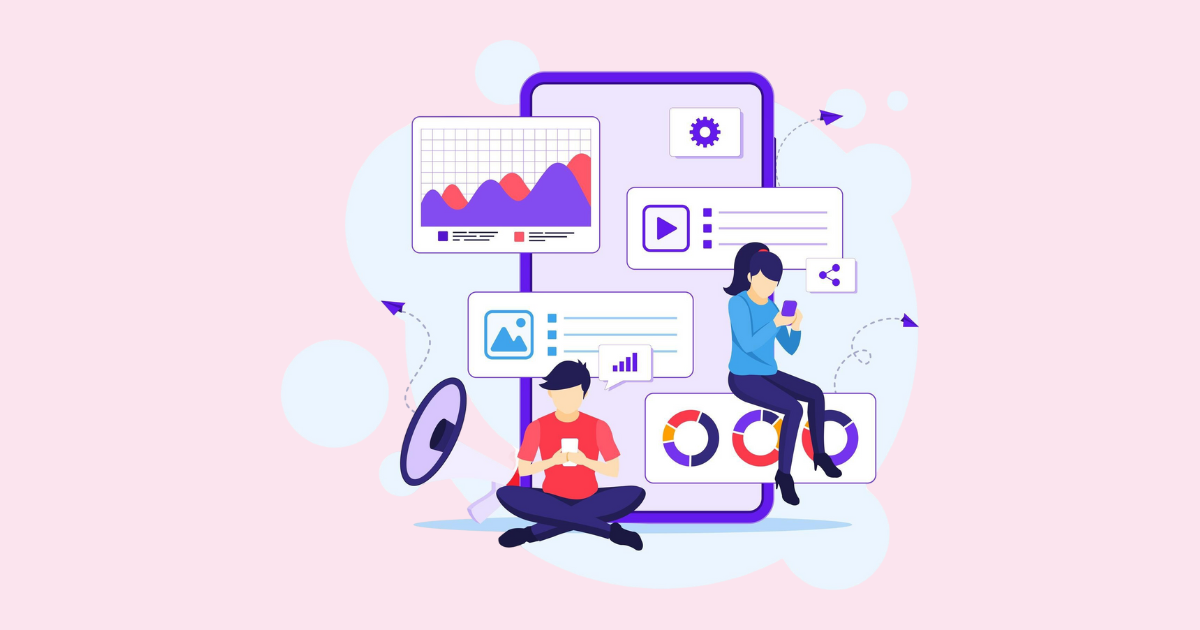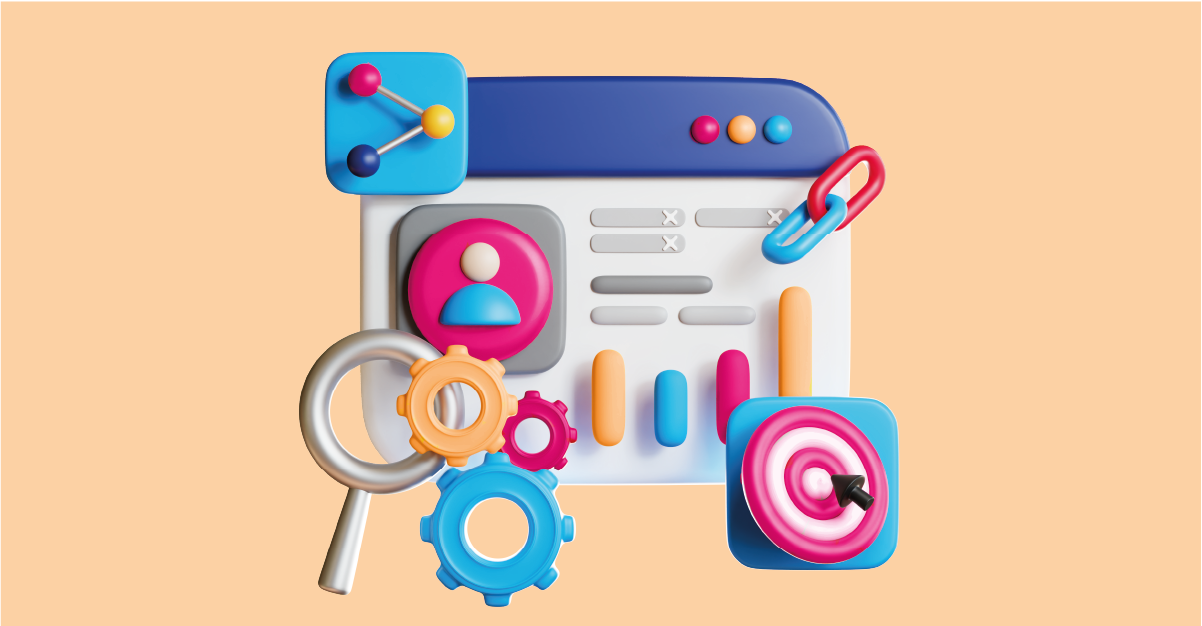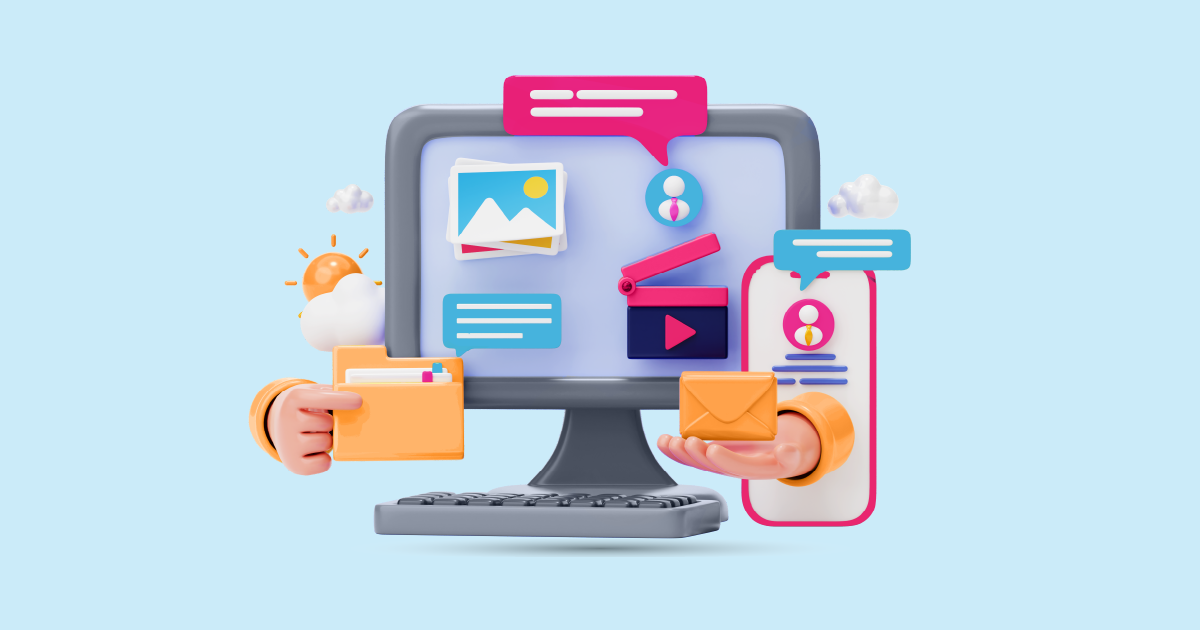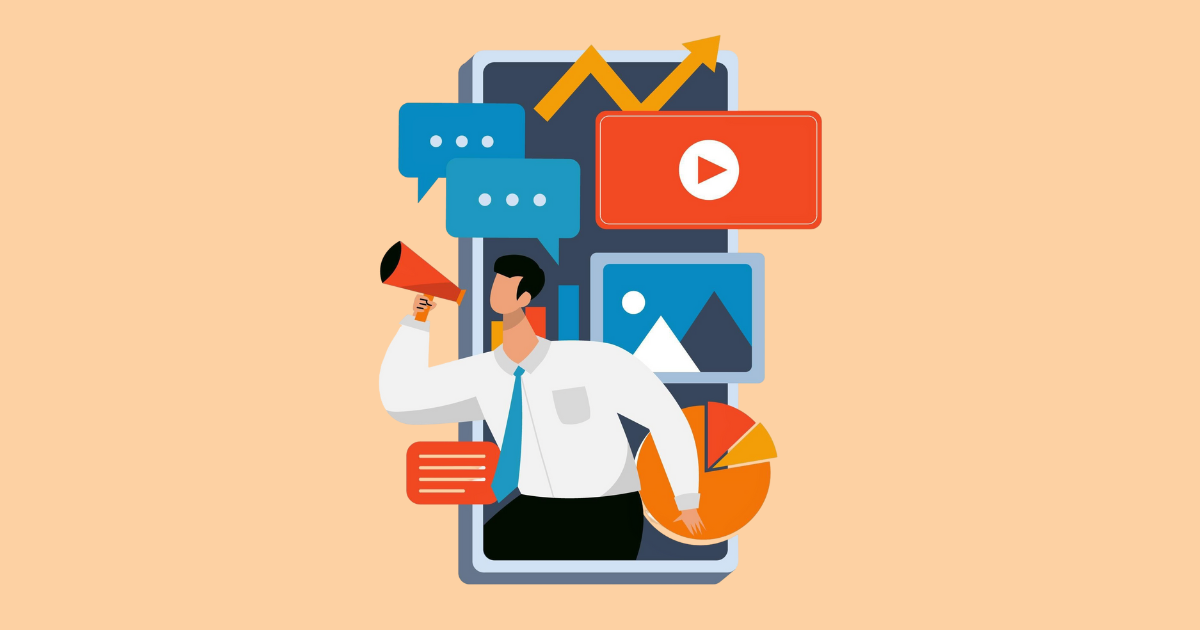Ever feel like your brand is talking, but no one’s listening? Or worse, people are talking about your brand, but you’re not hearing them? That’s where what should brands understand about social listening?. It’s not just about tracking mentions—it’s about understanding them. In this fast-paced digital jungle, your customers are constantly dropping hints, opinions, and ideas. If you’re not tuned in, you’re tuned out.
What Should Brands Understand About Social Listening?

Social listening is the process of monitoring digital conversations to understand what customers are saying about your brand, your competitors, and your industry. Think of it as eavesdropping on thousands of conversations—ethically, of course—with the aim of gaining insights to shape your strategy.
Why Social Listening Matters for Brands Today
The internet never sleeps, and neither does your audience. People are tweeting, reviewing, ranting, and raving about their experiences right now. Brands that tap into this goldmine of chatter can make smarter decisions, respond faster, and build deeper connections.
The Core Components of Social Listening
Monitoring vs. Listening: Know the Difference
Let’s clear up some confusion. Social media monitoring and social listening often get lumped together, but they’re not twins—they’re cousins.
Social Media Monitoring
This is all about numbers: likes, shares, mentions, hashtags. It’s the what.
Social Media Listening
Now we’re talking about the why. It digs deeper, analyzing emotions, trends, and conversations to reveal customer sentiment and brand perception.
Key Channels to Monitor for Social Listening
Don’t just stick to Facebook or Twitter. Think bigger—Instagram, TikTok, LinkedIn, Reddit, review platforms, forums, and even podcasts. Wherever your audience hangs out, you need to be listening.
The Strategic Importance of Social Listening
Building a Customer-Centric Brand
People love brands that listen. When you respond to feedback—good or bad—you show customers that their voices matter. That builds loyalty, and loyalty builds sales.
Identifying Market Trends Before Competitors
Want to be the first to jump on a new trend? Social listening helps you catch emerging patterns before they hit the mainstream. It’s like having a crystal ball, but cooler.
Real-Time Crisis Management
PR nightmare? Social listening alerts you instantly when something’s off. You can jump in, apologize, clarify, and control the narrative before it spirals out of control.
How Brands Can Benefit from Social Listening
Improve Product Development
Your next big product idea might already be floating around in customer comments. Listening can reveal what people love—and hate—about your products.
Enhance Customer Support
If someone complains online and your brand replies in minutes? That’s legendary customer service. It turns rants into raves.
Tailor Marketing Strategies
Want marketing that actually resonates? Let your audience write the script. Their conversations can inspire campaigns that feel personalized and authentic.
Analyze Competitor Activity
Social listening isn’t just about you. It’s also about them. Keep tabs on competitors to spot their wins, losses, and customer complaints. Then use that intel to your advantage.
Social Listening Tools and Technologies
Top Tools Used in Social Listening
There’s no shortage of tools out there, but not all are created equal.
Free Tools vs. Paid Tools
Free tools like Google Alerts and Hootsuite are good for beginners. But if you’re serious, paid tools like Brandwatch, Sprout Social, and AIM Insights offer deeper analytics and real-time tracking.
Features to Look For
Natural language processing, sentiment analysis, trend detection, influencer identification, multilingual support. The more powerful the features, the sharper your insights.
How AI Is Transforming Social Listening
AI is turning social listening into something magical. It can now detect sarcasm, track audio content, and predict trends based on historical data. Basically, it’s making brands smarter, faster, and more in tune than ever.
Challenges
Dealing with Data Overload
The internet is noisy. Knowing what to focus on is key. Tools can help, but setting clear goals helps filter out the fluff.
Distinguishing Signal from Noise
Not every mention matters. Learning to separate casual chatter from actionable insights is what turns data into decisions.
Privacy and Ethical Considerations
Listening doesn’t mean spying. Be transparent. Respect privacy policies and user consent. Ethics matter more than ever.
Best Practices for Effective Social Listening
Set Clear Objectives
Are you trying to boost brand reputation, improve service, or spy on competitors (nicely)? Knowing your why helps guide your how.
Choose the Right Metrics
Measure what matters. Brand sentiment, share of voice, engagement rate—these numbers tell you if your efforts are paying off.
Act on Insights Quickly
Insight without action is just data. The faster you react, the more valuable your listening becomes.
Case Studies
How Nike Engaged Their Community
Nike used social listening to identify grassroots movements and local influencers. They empowered communities to share their own stories—resulting in a massive engagement boost.
Starbucks’ Customer Feedback Innovation
When Starbucks launched its “My Starbucks Idea” platform, they listened to thousands of suggestions. New flavors, app features, and even store designs came directly from customer ideas.
Future Trends
Voice and Audio Monitoring
As voice content grows (think podcasts, Clubhouse), brands will need tools that can “listen” to spoken words and analyze tone, sentiment, and key themes.
Predictive Analytics and Sentiment AI
Imagine knowing what customers will feel tomorrow. Predictive AI is bringing us closer to proactive listening—allowing brands to act before issues arise.
Conclusion
So, what should brands really understand about social listening? It’s not just a trend or a marketing tool—it’s a survival strategy. In today’s world, where every customer has a megaphone and every opinion matters, tuning in is no longer optional. The brands that win are the ones that listen, understand, and act. Don’t just hear—listen.
Ready to take your brand’s social listening strategy to the next level? Discover how AIM Technologies can help you unlock powerful insights, monitor real-time conversations, and make data-driven decisions that drive growth. Request a free demo today and start truly listening to what your audience is saying.
FAQs
What is the difference between social listening and sentiment analysis?
Social listening captures the broader conversation, while sentiment analysis zeroes in on the emotional tone of those conversations.
How often should a brand use social listening?
Daily, ideally. The digital world moves fast—real-time listening gives you a competitive edge.
Is social listening suitable for small businesses?
Absolutely! Even basic listening can help small businesses understand their audience and outperform competitors.
Can social listening help with influencer marketing?
Yes! It identifies key voices in your niche—people who already talk about your brand or topic.
What kind of ROI can be expected from social listening?
While hard to quantify directly, improved customer experience, better campaigns, and faster crisis response all contribute to long-term ROI.
